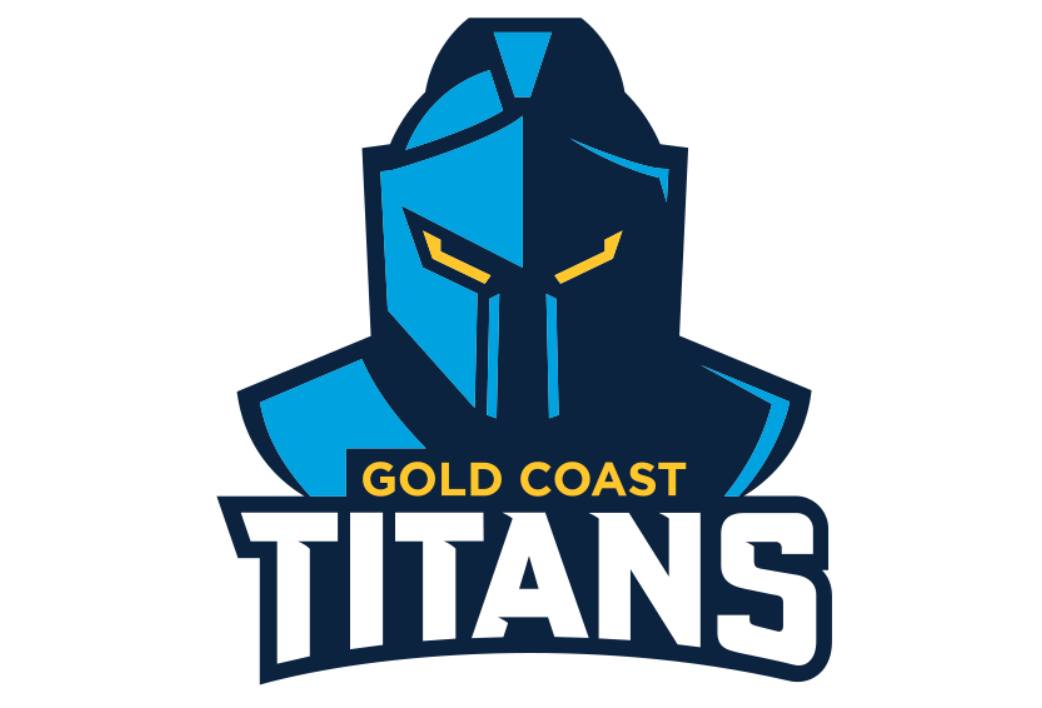How drivers inspired Formula One’s revival.
When Max Verstappen passed Lewis Hamilton to win his first Formula One world driver’s title, on the last lap of the last race of the 2021 season, he confirmed his arrival as a global sporting star.
The conditions that led to that dramatic finale in motorsport’s most celebrated series were complex and contentious, with the race director’s interpretation of safety car rules giving Verstappen an unexpected late run at the defending champion on fresh tyres. Yet for all the debate about how the Abu Dhabi Grand Prix should have been allowed to finish, neither driver was going to begrudge his rival a hard-fought reward. Hamilton, pushing at 36 for a record eighth individual championship, gracefully congratulated his young rival after a sometimes fractious, often electrifying and impossibly close year-long contest.
The lesson that has been confirmed in the 2021 Formula One season is that for all the colour, glamour and engineering ingenuity on display, it is the drivers who fans tune in to watch. That has been true throughout the sport’s history, through greats like Fangio, Senna, Prost and Schumacher and a whole host of national and cult favourites. Reconnecting to that spirit in the digital media era has been one of the great challenges for Formula One in the past decade.
The takeover of the championship by Liberty Media in 2017 marked a step change in how Formula One positioned its drivers as public figures. Access to the paddock and other behind the scenes areas had been jealously guarded under former chief executive Bernie Ecclestone and the previous majority owner, private equity firm CVC Capital Partners, as they sought to protect every element of potential commercial value.
Liberty quickly realised this was no way for a sport to reach its audiences – particularly younger audiences – in the 21st century. A much more liberal attitude to social media posting soon developed, with drivers encouraged to share unique experiences and communicate more openly with each other and their fans. At the same time, the organisation has poured resources into its own social channels, partnering with the likes of Snap and recording a 99 per cent jump in social media engagements during a pandemic-afflicted 2020. According to its internal figures, Formula One had the fastest-growing major sports property accounts across Facebook and Instagram, Twitter, YouTube, Tiktok, Snapchat, Twitch and the major Chinese social platforms last year.
One change that helped drivers develop their identities actually predates the Liberty acquisition. In 2014, a rule change allowed each competitor to choose a permanent number that they would carry with them throughout their career. Previously, they would reset at the start of each season – with the world champion driving as number one and the rest allocated numbers according to their team. Over time, that has led to the development of merchandise lines and allowed the likes of Lewis Hamilton – who drives as number 44 – to build independent brands around their numbers.
Still, the foregrounding of personalities in the sport has been accelerated by a diversifying media strategy. The much-discussed Netflix hit Drive to Survive has given new and casual fans more time with personable stars like Daniel Ricciardo, while also shedding light on the political wrangling and sheer hard work – from individuals off the track as well as on it – that have always been essential to Formula One success.
Drivers have other outlets to tell their stories. The Beyond the Grid podcast series charted 14 million listens in 2020, making it the most popular motorsport podcast in key markets like the USA, UK and Australia. Gaming and streaming service Twitch have offered points of contact for Charles Leclerc, George Russell, Lando Norris and their fans.
Meanwhile, drivers have been granted more freedom to speak up on the issues that matter to them. Hamilton has become ever more vocal on racial equality and other social issues, notably questioning Formula One’s hosting strategy and pointing to its human rights responsibilities during recent events in Qatar and Saudi Arabia. Four-time champion Sebastian Vettel has used his profile to encourage environmental action. In 2021 he has opened a bee hotel in Austria, organised a litter pick in the stands after the British Grand Prix at Silverstone, and completed an internship in bio-farming.
For Vettel, who has also shown solidarity with LGBT+ Formula One fans at different stages of the season, the most important thing about activities like this is that they are authentic and meaningful. “I’m not doing these things to just have people look at it,” he said during the Russian Grand Prix in September, in comments published by Autosport.
“The first thing that I always want to ensure is that actually whatever I do, it makes sense. And it actually helps the place where we are and whatever we are doing.”
That stance will become especially significant in the next few years as Formula One pursues its climate responsibility agenda, headlined by a pledge to hit net zero carbon emissions by 2030. Drivers may come to hold the championship to account on other initiatives or offer a broader range of perspectives informed by their international backgrounds.
Ultimately, though, everything will come back to the excitement they can generate on the track. The presentation of Formula One races has evolved in recent seasons to bring the voices of drivers into fans’ homes through team radios, capturing their emotions at points of high tension and triumph.
But the extraordinary, dynamic, daring talent of Max Verstappen is best expressed by what he can do with a fast car. That is what will keep fans coming back.
Subscribe to our newsletter to receive the latest news and exclusive offers. No Spam!
Thankyou.
We’ll be in touch shortly.



